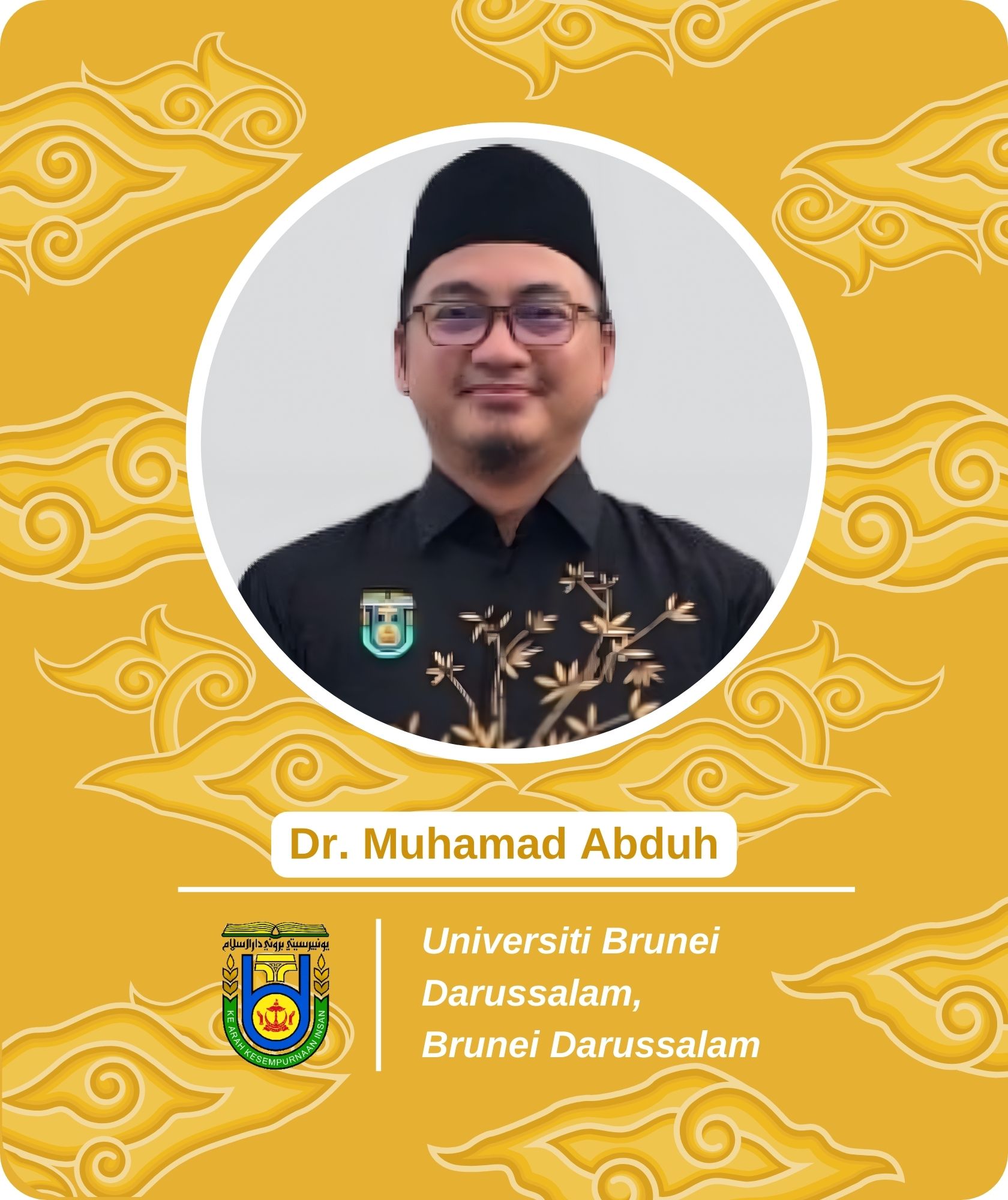Potential of rhizosphere bacteria and arbuscular mycorrhizal fungi (AMF) on the growth of mindi (Melia azedarach L.) seedlings
Keywords:
Azotobacter, biomass, colonization, IAA, PseudomonasAbstract
Rhizosphere bacteria and arbuscular mycorrhizal fungi (AMF) support plant development through nutrient absorption and environmental stress-tolerance mechanisms. This study examined how different types of rhizosphere bacteria and AMF influence the growth of Mindi (Melia azedarach L.) seedlings. The rhizosphere bacteria included Bacillus sp., Azotobacter sp., Pseudomonas sp., and Azospirillum sp. In contrast, the AMF isolate consisted of a mixture of Gigaspora margarita, Acaulospora spinosa and Glomus manihotis. The results showed that inoculation with a bacterial consortium yielded the highest plant height in mindi seedlings (ρ- value = 0.0419). Inoculation with Bacillus sp. resulted in the highest stem diameter compared with the other treatments (ρ-value = 0.0006). For biomass and AMF colonization variables, Azotobacter sp. exhibited the highest biomass (ρ-value = 0.0501) and AMF colonization percentage (ρ- value = 0.0051) compared with the control and other bacterial inoculation treatments. Furthermore, Indole Acetic Acid (IAA) production was highest in Azotobacter sp. (ρ-value = <0.0001). AMF inoculation in mindi seedlings had no significant effect (ρ-value = 0.3623) on the growth indicators assessed. These results highlight the role of rhizosphere bacteria in improving the quality of mindi seedlings, thereby contributing to sustainable forest management.




















